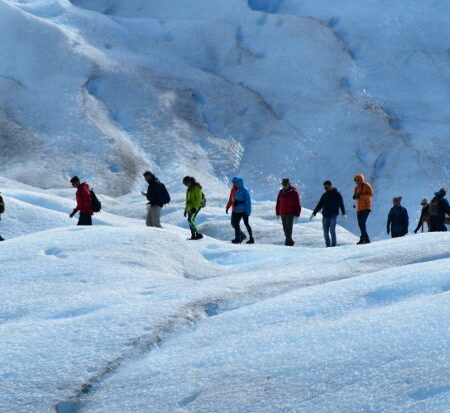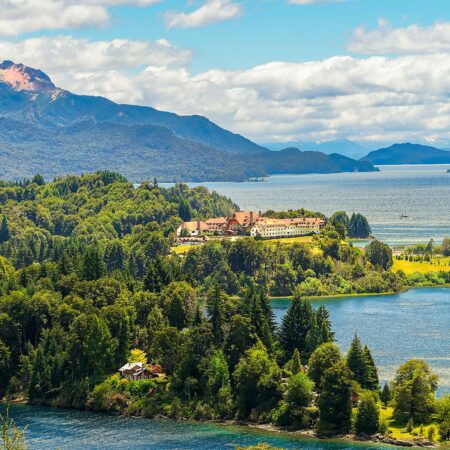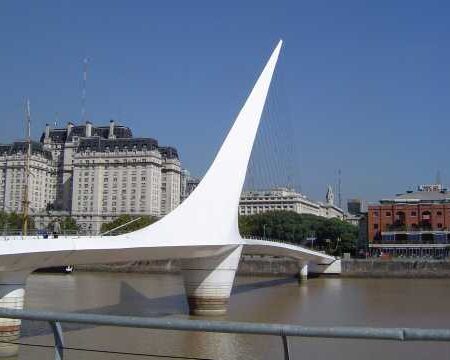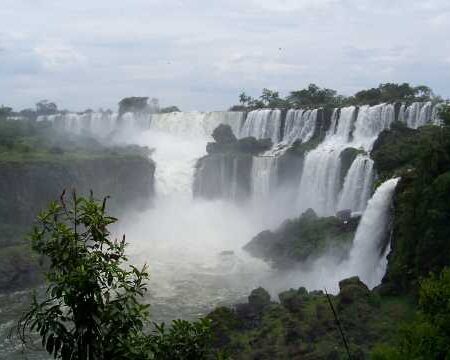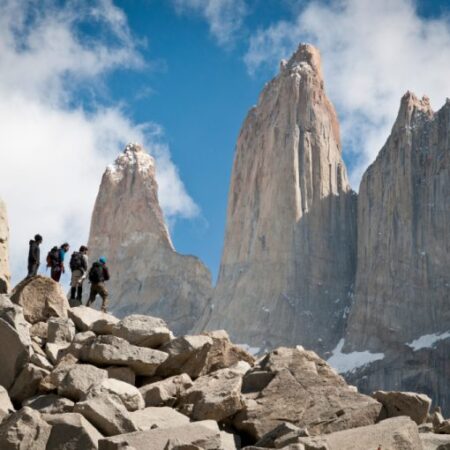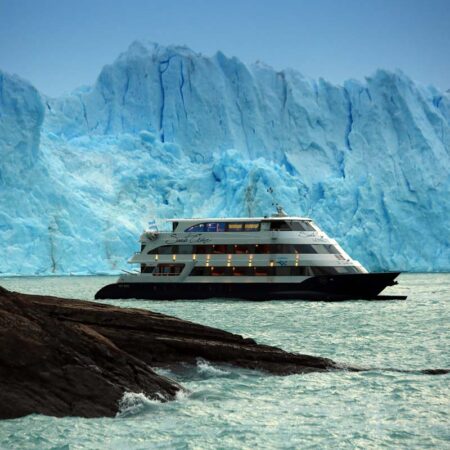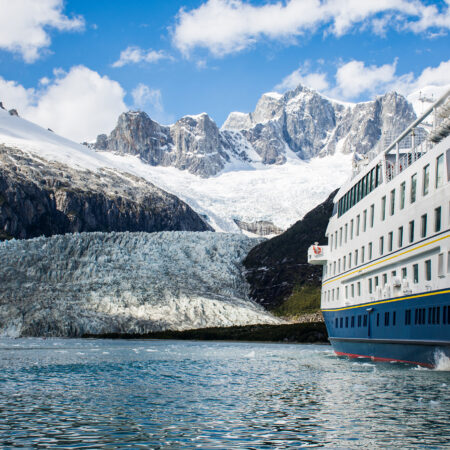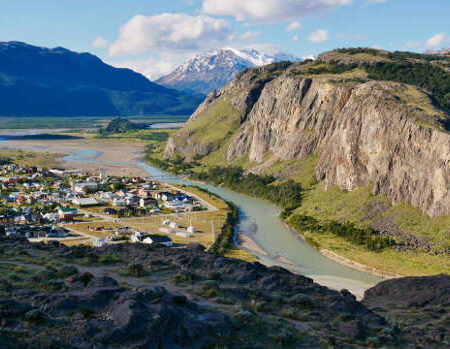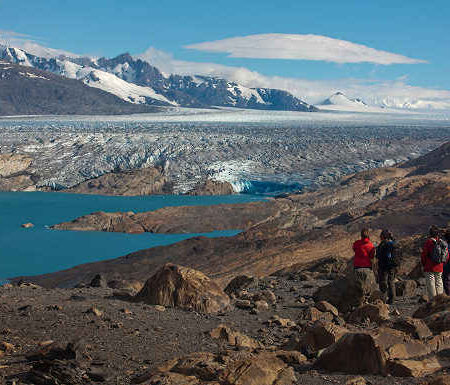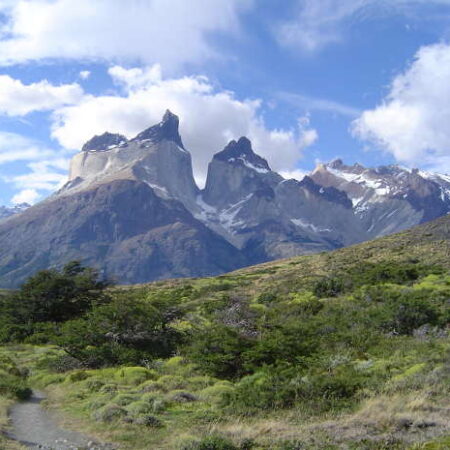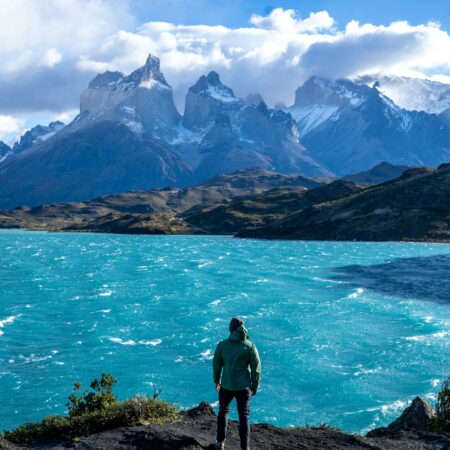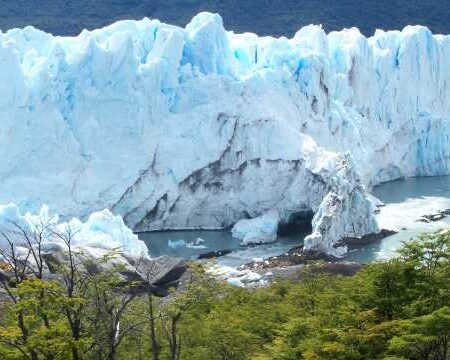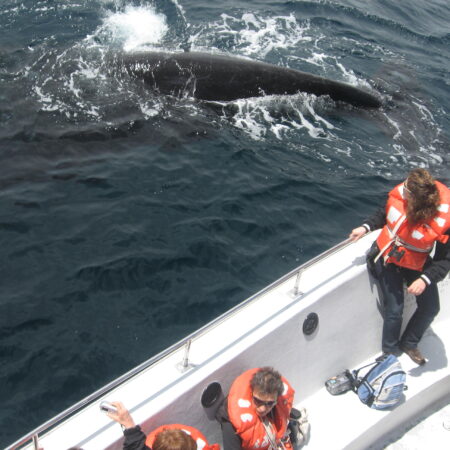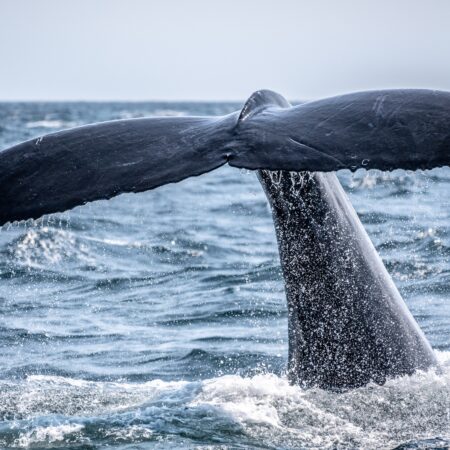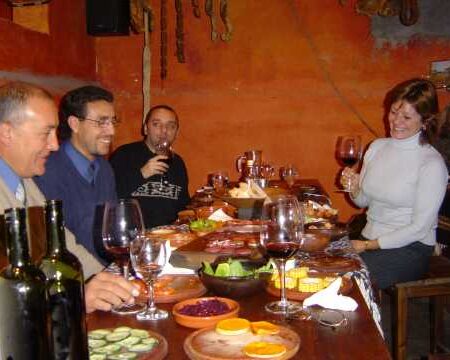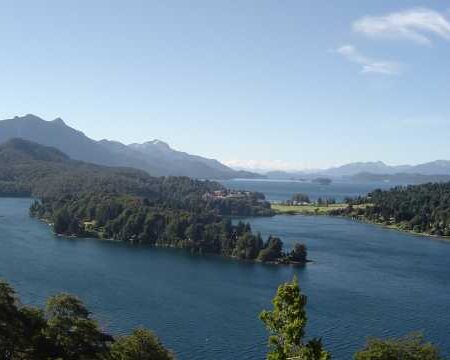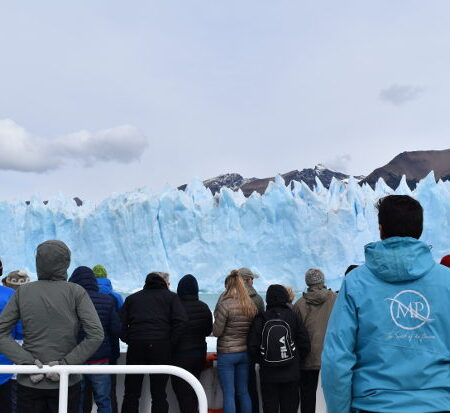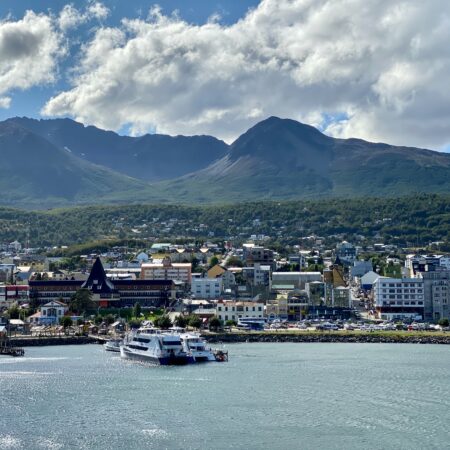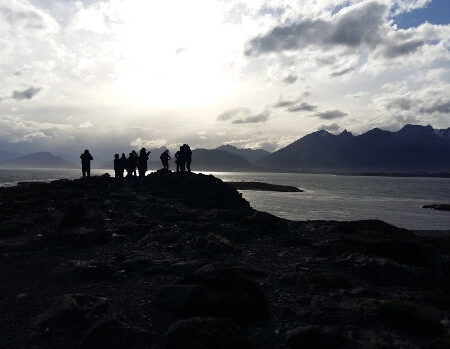After the ancient period, two developments stand out: the emergence of a civic-oriented culture and the Inca conquest of the entire region.
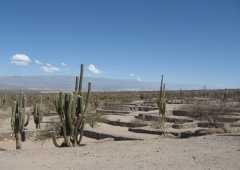 In the Christian era, two events stand out for their historical significance. The first is the development of a sophisticated culture that included urban planning and copper metallurgy, carried out by the Diaguitas. This was a generic name given by the conquistadors to a number of distinct Indigenous groups: Tolombones, Pulares, Calchaquíes, Chicoanas, Quilmes, Luracataos, and Cachis.
In the Christian era, two events stand out for their historical significance. The first is the development of a sophisticated culture that included urban planning and copper metallurgy, carried out by the Diaguitas. This was a generic name given by the conquistadors to a number of distinct Indigenous groups: Tolombones, Pulares, Calchaquíes, Chicoanas, Quilmes, Luracataos, and Cachis.
Artifacts from this cultural presence—stone tools, weapons, ceramics, and ornaments—are preserved in the Museum of Anthropology.
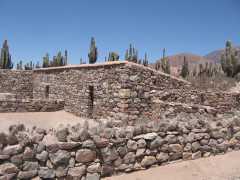 The Diaguitas were also those who endured the Inca conquest, the second major event of the period.
The Diaguitas were also those who endured the Inca conquest, the second major event of the period.
Their resistance was brief. The Diaguita peoples disappeared soon after the Incas began their advance.
The Incas were the most powerful and technologically advanced society in the region. Originally from farther north—most likely from the area around Lake Titicaca—their empire eventually extended across the Andean world, from Colombia to Chile and into present-day Argentina. The Puente del Inca in Mendoza remains as a trace of this reach.
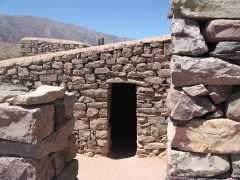 This imperial dominance lasted until the arrival of the Spanish conquistadors in the 16th century.
This imperial dominance lasted until the arrival of the Spanish conquistadors in the 16th century.
Inca society was structured into three classes: the nobility, the common people, and the yanaconas, who served the empire in roles akin to servitude. The social fabric was woven around the ayllu, a collective of families who shared a common ancestor.
The city of Cuzco, the imperial capital, was home to the Inca ruler—an absolute, hereditary sovereign.
Their agricultural techniques were remarkably advanced, with stepped terraces irrigated by intricate networks of canals and aqueducts.
Their diet was based on maize, potatoes—of which they developed numerous varieties—quinoa, and chili peppers. They consumed llama meat and made use of its wool and hide.
The architectural feats achieved with massive stone blocks, fitted together without mortar, remain astonishing. Many Inca structures survive in the provinces of Salta and Jujuy, though the most iconic is Machu Picchu in Peru.
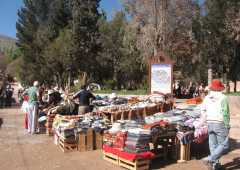 The Incas were also master spinners, weavers, and ceramicists. Many of these crafts continue to be practiced by their descendants, often with remarkable skill, and are still found in markets across the region.
The Incas were also master spinners, weavers, and ceramicists. Many of these crafts continue to be practiced by their descendants, often with remarkable skill, and are still found in markets across the region.
Their religion was polytheistic, centered on the worship of the sun, the moon, and the earth, alongside a profound cult of the dead. These beliefs played a decisive role in shaping the cultural fusion that followed the arrival of Christianity.

